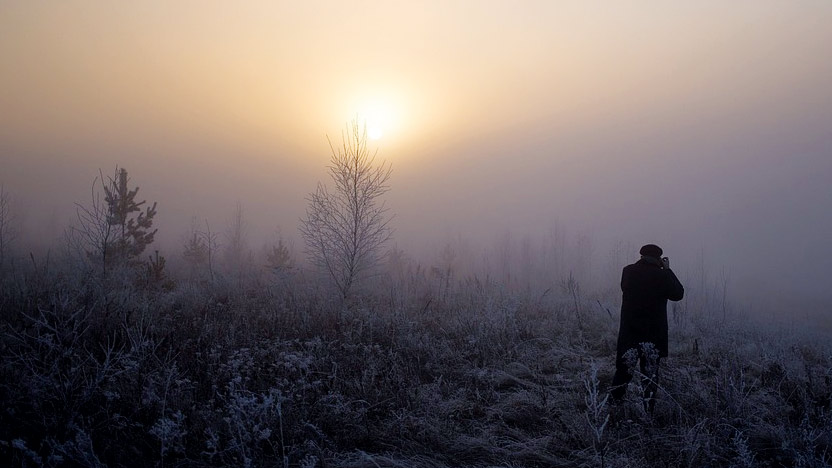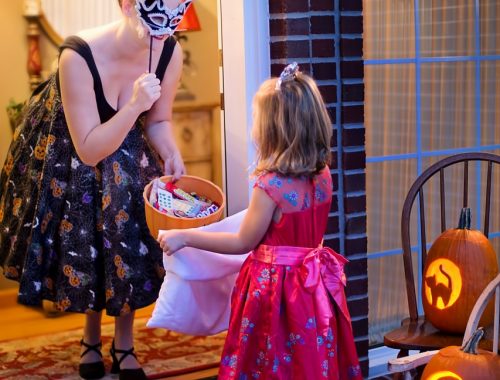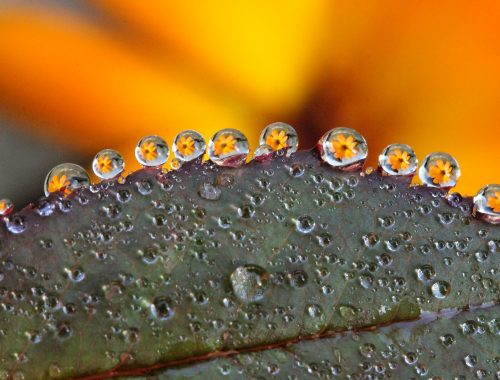From blizzards and snowy forests, to skiing and building snowman, winter has many beautiful and unique photography opportunities. But to get the best winter photos, try out these five tricks.
Show How Cold it Is
Winter is chilly, and consequently, you want your viewers to feel that chill when they take a look at your photos. Photographing shades of green, blue, and violet can help with the illusion, since these are all “cool” colors. Additionally, showing people and animals reacting to the cold will instill the sense of winter in your viewers. Catch people bundled up in gloves and mittens, huddling together in a blizzard, or if you’re lucky, even snap pictures of animals fighting against the chill. Tip: for whiter snow, slightly overexpose your photograph.

Use Shadows and Silhouettes
In winter, the sun is lower in the sky, casting long shadows. Be sure to catch this unique winter detail to your advantage. Frame your photographs so that the shadows enhance the image. In the example below, see how the shadows add texture and balance to the right side of the image?

Similar to using shadows, silhouettes show the changing season. Because the sun is lower, there are more opportunities to capture silhouettes than there are in summer. Even more exciting is the contrast of a dark silhouette on the bright foreground of snow.
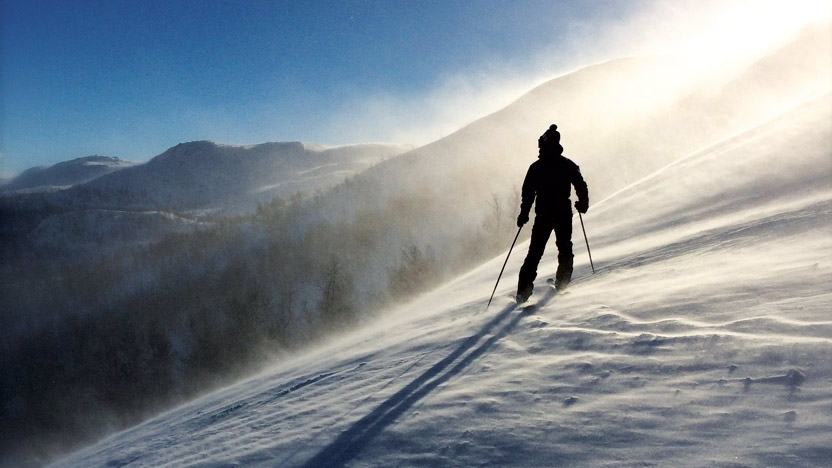
Use Color
It’s common to see winter photography in black and white. Black and white, especially in a snow scene, provides gorgeous contrast while erasing the bland grays of winter. However, winter isn’t always shades of gray. Keep an eye out for bursts of color to flush life into winter photography. A blue bird on a branch, a red barn, or even the vivid green of a pine covered in snow can create a unique mood. In particular, keep an eye on those sunsets, when the snow reflects the colors of the sky.
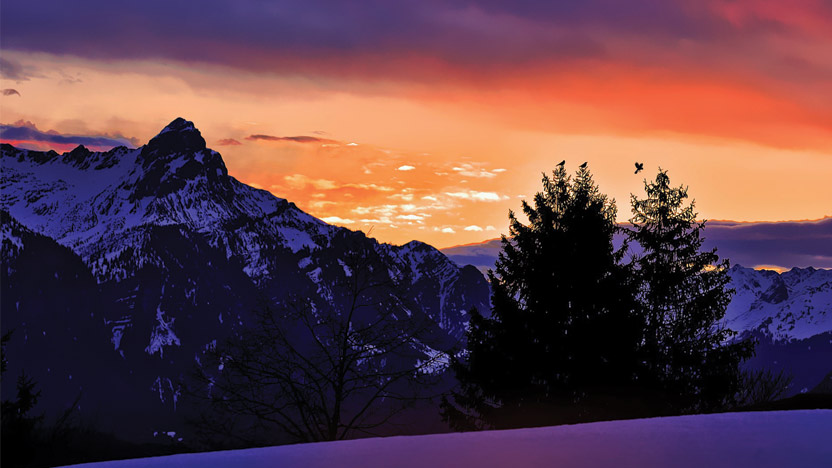
Catch Details Unique to Winter
Winter just isn’t winter without frosted window panes, dripping icicles, and snowflakes on eyelashes. Photograph these details, and most importantly, keep an eye out for unique displays of winter, such as the frost on the glasses below.
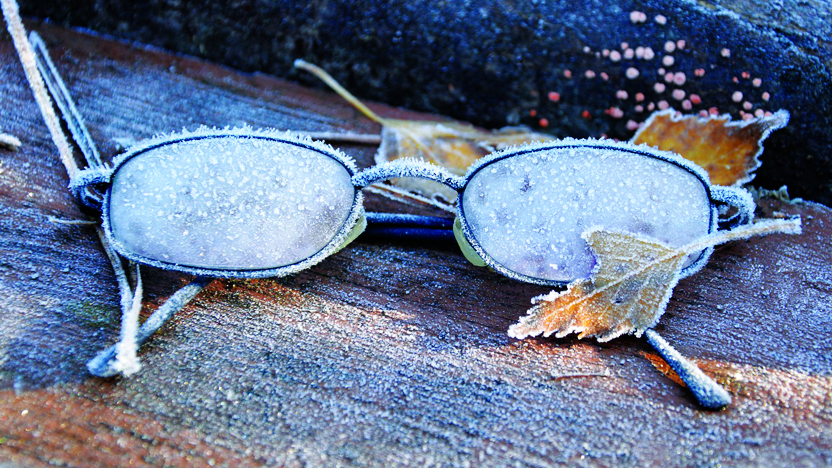
Be Aware of the Effects of Snow on Light
The reflectiveness of snow effects lighting in unique ways. On sunny, snowy days, that reflecting light can be powerful enough that it threatens to overexpose the image. Cloudy days can create a soft, even lighting, but colors may be dulled to grays. Night photography, however, will be easier as lights reflect off snow, enhancing the image.
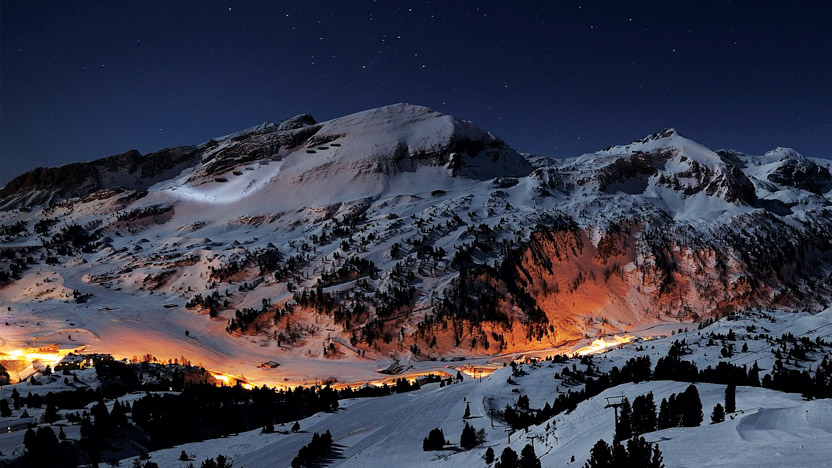
What’s your secret to taking the best winter photos?

